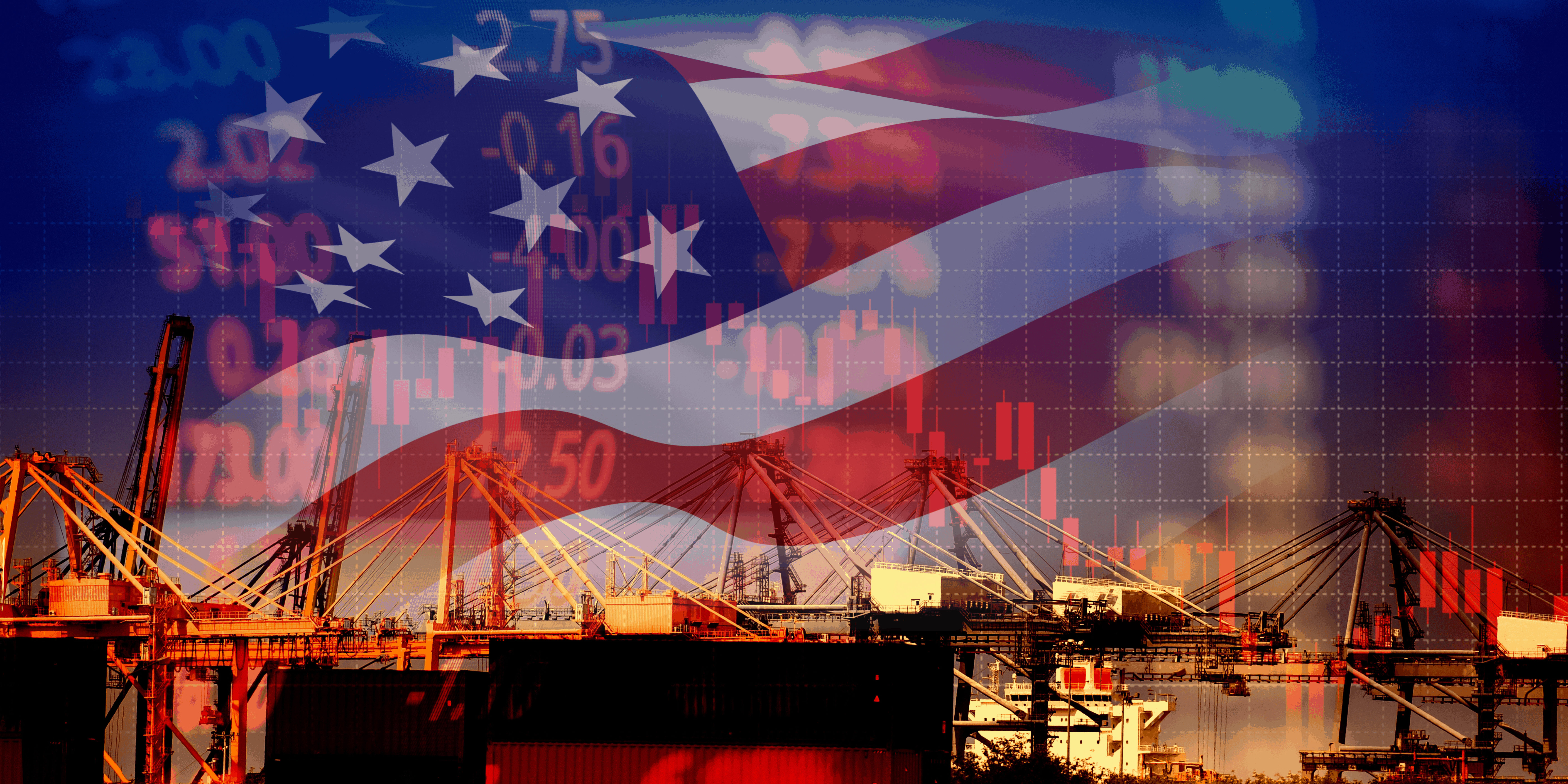How Trump’s Tariffs Could Impact You and Your Wallet
February 5, 2025

The ripple effects of President Trump’s latest tariff policies are poised to hit American consumers, businesses, and industries hard. While the administration argues that these measures will strengthen the U.S. economy, the reality is that tariffs function as a tax—one that ultimately lands on the shoulders of everyday Americans.
The Scope of Trump’s Tariffs
Trade with key partners—China, Mexico, and Canada—faces significant disruptions due to new tariffs imposed by the Trump administration. A 10% tariff on Chinese imports has already been enacted, with China retaliating in kind. Meanwhile, a planned 25% tariff on Mexican and Canadian imports has been temporarily delayed for 30 days but remains on the table.
Despite claims that foreign governments will bear the cost, research shows that American consumers will ultimately pay more. A nonpartisan Tax Foundation analysis estimates that these tariffs, if fully implemented, will translate to an additional $800 tax burden per U.S. household in 2025.
How Tariffs on China Will Affect Your Wallet
The 10% tariff on Chinese imports impacts over $450 billion worth of goods, ranging from consumer electronics to toys and footwear. This differs from Trump’s first term, where tariffs largely avoided direct consumer goods. Now, everyday items such as iPhones, tablets, and laptops will be affected, marking a significant escalation.
Even if tech giants like Apple absorb some of these costs by shifting production to countries like India or keeping retail prices stable, the broader economic consequences remain severe. If businesses shoulder these increased costs, they may cut back on hiring, reduce employee wages, or limit investments—weakening the overall economy.
China has responded with its own tariffs on American coal, liquefied natural gas, farm equipment, and crude oil. While not as widespread as the U.S. tariffs, these countermeasures will still impact key American industries.
The Impact of Tariffs on Mexico and Canada
Though tariffs on Mexico and Canada have been postponed, their implementation could be even more damaging than those on China. The proposed 25% tariffs on imports from these countries would account for the majority of the projected $800 additional burden per household. Here’s where Americans might feel it most:
Fresh Produce
Mexico supplies nearly two-thirds of U.S. vegetable imports and half of fruit and tree nuts. With tariffs, the price of staples like tomatoes, raspberries, bell peppers, and strawberries will rise. And for avocado lovers, bad news—90% of avocados consumed in the U.S. come from Mexico, meaning your guacamole just got pricier.
Cars and Gas Prices
The auto industry relies on an intricate supply chain spanning North America. Vehicles like the Toyota Tacoma (imported from Mexico) and Chrysler Pacifica (from Canada) will see cost hikes. Even cars assembled in the U.S. will become more expensive due to parts sourced from neighboring countries. Analysts estimate that these tariffs could add roughly $2,700 to the average price of a new car.
Additionally, a 10% tariff on Canadian energy products could lead to higher gas prices, especially in the Midwest and Mountain West, where 100% of oil imports come from Canada. Experts predict a potential increase of 10 to 20 cents per gallon.
Construction Materials
America’s housing crisis could worsen due to tariffs on essential building materials. Over 70% of U.S. softwood lumber comes from Canada, while a significant portion of drywall materials (gypsum) is imported from Mexico. With new tariffs, homebuilding costs will rise, making housing even less affordable.
Can You Avoid Higher Prices?
Unfortunately, avoiding tariff-related price hikes is difficult. Buying American-made products won’t necessarily help, as domestic producers often adjust their prices upward to match the market. Experts caution against stockpiling goods, as panic-buying could create artificial shortages, similar to the toilet paper crisis during COVID-19.
The Bottom Line: Diversify with Gold
Despite Trump’s promises, trade wars don’t create winners—only economic strain. Whether through direct price increases, job market effects, or investment slowdowns, these tariffs will take a financial toll on American households. As the policies take effect, consumers, businesses, and policymakers will need to navigate the reality of higher costs in an already inflation-conscious economy.
One way to hedge against the economic volatility these tariffs may bring is by diversifying your assets with gold. Historically, gold has been a stable store of value during periods of economic uncertainty. As tariffs drive up prices and market fluctuations become more pronounced, investing in gold can provide financial security and act as a hedge against inflation.
Now is the time to consider shifting some of your portfolio into gold to protect your purchasing power.












